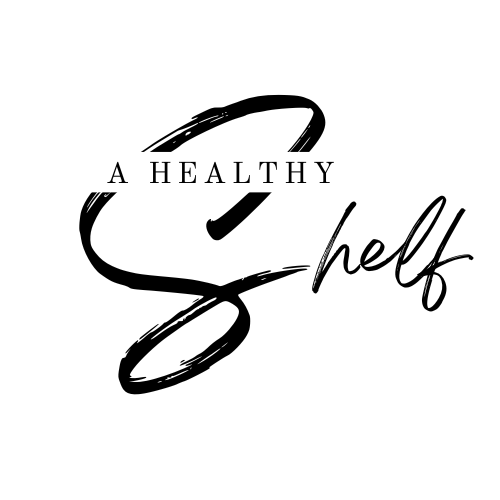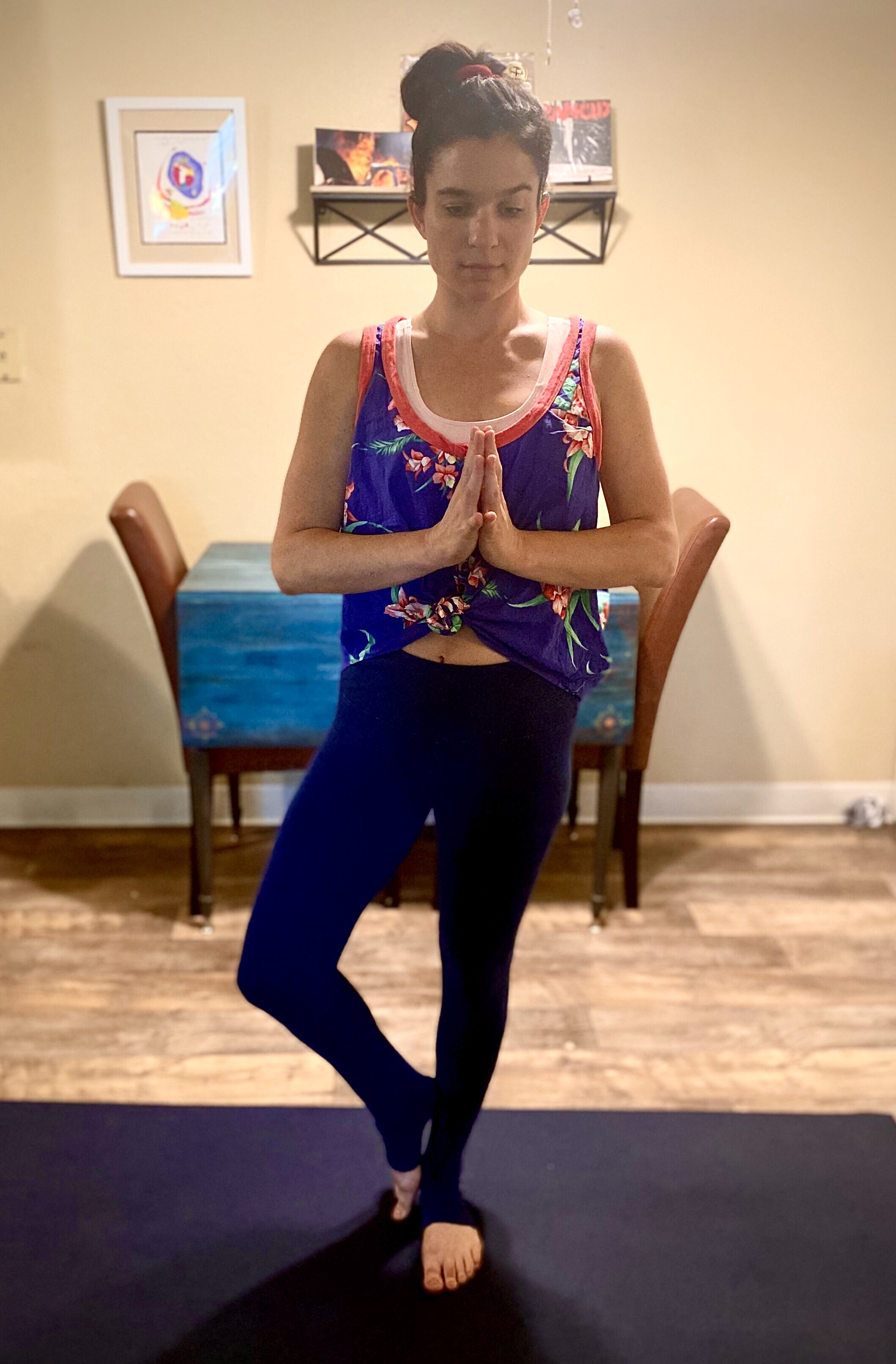Gentle Yoga Practice for Athletes
GENTLE YOGA PRACTICE FOR ATHLETES
The science of yoga is multi-faceted: there are eight limbs in total, one of them being asanas, or the physical practice. This is the part of yoga that is referenced and practiced at most yoga studios across the country and around the world and is usually the one that individuals discover first, well before the others.
I have been teaching a slow-flow yoga class to scullers. Sculling is the sport of rowing but with two oars and on a sliding seat.
I have rowed on the California Delta waterways a few times. It tightens up the body: quads, hamstrings, hips. There is a lot of pushing and pulling.
But I completely understand the affinity that every individual has with their sport of choice. That is why I feel so lucky to be able to work with this special group of athletes. Yoga seems to be the yin to their yang: where they find their power in sculling they find their restorative in yoga.
Tadasana, Mountain Pose
ASANA STYLES
Held within this sliver of the science of yoga is a multitude of styles to practice. Among them include Vinyasa, Yin, Iyengar, and Ashtanga. The style that you practice is up to you - most likely the one, or ones, that resonate best with your body and your goals. This may even change from day to day. For example, finding a restorative practice where the physical body remains rooted in the earth during poses may seem more appealing when life has really swept you up and you need some time grounding. Or, a power class could feel great when you have some serious energy to burn off and are craving a good sweat. So ask yourself this question: where can I find some balance? And know that it may look different every day.
Through analyzing the repeated motions of a sculler, we attempt to bring healing to the body by providing opposite actions. We use our breath to open up different energy channels (nadis) throughout the body. Over my time spent leading scullers through their yoga practice, I have found that a slow flow / Iyengar hybrid is a nice fit.
YOGA CLASS STRUCTURE
The practice is guided by the breath of the individual. Modifications are offered in order to meet every student where he or she is at.
The class structure looks something like this:
5-minutes seated meditation
15-minute warm-up - spinal release
30-minute flow - standing asanas (physical postures)
10-minute seated asanas
5-minute savasana
Uttanasana, Standing Forward Fold Pose
We concentrate on the entire body, but in particular the hips, hamstrings, and shoulders.
We take deep belly breaths, using double-nostril breath work, to guide us through our practice.
Also, we use a Hatha-style to transition from one standing pose to another versus a vinyasa flow, therefore there is less movement up and down on the mat. We spend this extra time finding anatomical alignment and explore positions such as spinal extension and ankle dorsiflexion.
Standing poses, which may include a balance pose, are held for several rounds of breath before moving on to the next asana. We incorporate different binds and arm variations which make the poses more dynamic during the holds of certain poses.
Some of my favorites to work in the practice are:
Balasana, Child’s Pose
Uttanasana, Standing forward fold
Supta Kapotasana, Reclining Pigeon
Tadasana, mountain pose
Vrksasana, Tree Pose
Vrksasana, Tree Pose
YOGA CLASS THEMES
Each class varies in terms of themes, and we revisit several including:
Supta Kapotasana, Reclined Pigeon Pose
Grounding: using Pada Bandha, the energy lock of the feet, to press deeply into the earth. To ensure that the entire foot: inner and outer arch, heel, and ball, all ten toes, are doing their part to stabilize the entire body.
Lifting out of the side waist: feeling an extension along the right and left sides of the body from the hips up to the crown of the head or the fingertips.
Lung expansion: every inhale breath through the nose aims to stretch the ribs and the intercostal muscles to give the respiratory system a workout and a cleanse. The exhale breath, a great opportunity to let all of the air leave the body, let go, and start anew with the next inhale breath.
Spreading out the fingers: opening up the hands and cueing them specifically to work on stretching each joint of the hand. We also spend time with the wrist joint, working circles with the fingertips pointing in multiple directions.
Crown of the head up to the sky: when the vertebrae are stacked, one on top of the other, like a string traveling from the root all the way up to the sky, the body starts to stand up straighter, the chest lifts and opens up.
Balasana, Child’s Pose
CONCLUSION
Yoga is for everybody. And when the work is done repeatedly in certain directional planes in repetition, one discovers new ways to expand internally, in the body, and in the mind.








